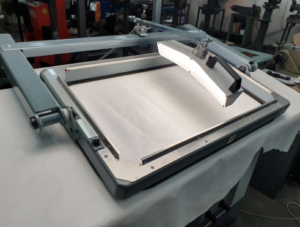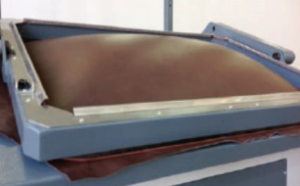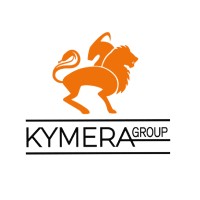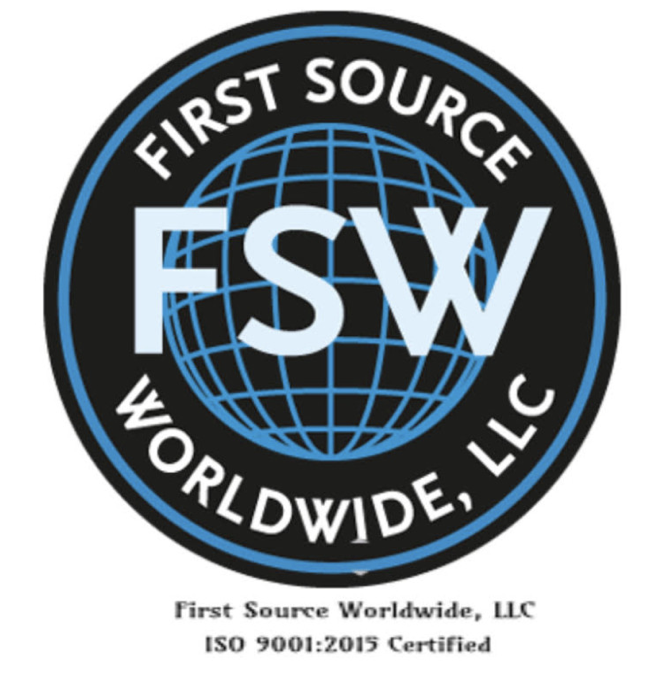Managing Defects on Leather to Maximize Yield and Reduce Rejects
Leather is full of defects! It’s unavoidable since animals deal with physical injury and are subject to factors like to disease and insect bites. Further physical and chemical damage are possible during harvesting and processing and all skins have natural differences in thickness, density and elasticity which may affect the intended end use of the product. We use skins to make a variety of products such as upholstery, clothing, footwear, wallets, etc. Leather is processed with these end uses in mind but once the processing is done, defects must be identified and managed to maximize the usable area of each whole hide or side. When making items such as shoes, steering wheel covers, gloves etc., defects must be identified prior to cutting the large areas of leather into their final pieces. If a defect goes unidentified prior to cutting, it may make that entire cut piece useless for it’s intended purpose and will likely end up where no one wants it…in land fill. To avoid this costly and environmentally detrimental outcome, we are pleased to introduce you to the Balloon!

Leather is typically processed from raw skin to finished leather in larger pieces, either a full hide or a half hide called a side. Finished leather is then almost always cut into small pieces to suit the final application. In the case of a shoe or glove, several cut patterns are sewn together to make the final product. It’s obvious that if a hide had a hole in it, you wouldn’t want that hole in the middle of the palm of your glove, so you cut around it to maximize the quality of your product. Most defects, however, are not so easily visible when your have a large side of leather in front of you. Small insect bites, scars, loose grain, veins etc. are best seen under good lights with the leather stretched out over a rounded surface. This is done by hand on a hard, rounded piece of metal, similar to an anvil and then marked with a special pen to highlight the defect for the cutter. It’s slow and very hard on the operator over a day’s work but the result is that the highlighted defects will not end up ruining an expensive pair of shoes or the steering wheel in a premium car. What we are proposing is actually a simple way to stretch the leather under excellent lighting conditions to speed up the process, reduce operation strain and fatigue while maximizing the number of defects that can be identified. The new machine, called the ‘Balloon” does exactly that.

The Balloon is simply a table with an inflatable base, a frame to secure the leather in place and a combination of fixed lighting together with a secondary examination light. The stretching of the leather is done evenly and consistently without any strain by the operator whose hands are free to quickly mark the defects identified. The process is lightning fast, and defects are identified with greater accuracy when compared to the manual system. Our small test group found that by using the Balloon prior to pattern cutting for glove making, defects were reduced on the final product by 35%. Identifying and marking defects prior to cutting out patterns ensures that the maximum yield is achieved while reducing the number of quality control fails in the final product. While we haven’t yet calculated what the financial saving were in the precut test case, it’s estimated to be a 15% improved over the manual marking method.
Another test group making shoes used a small version of the Balloon as a quality control tool. The smaller machine was designed for identifying defects in pieces that were already cut and eliminate those pieces from the production floor before they found their way into a finished product. A shoe, for example, is made up of several different pieces of cut leather sewn together. If one of those pieces contains a defect, the entire shoe fails. Identifying defects in pieces that have been cut but not yet sewn together is critical in reducing quality fails in the finished product. Our test group was able to identify that 14% of the pieces cut that were previously considered to have passed quality control were rejected before they were manufactured into shoes. In our test case, final product rejects due to leather defects went from 12 rejected shoes out of 150 to 0 rejected shoes out of 150 when cut pieces were inspected prior to assembly. While it’s unfortunate to discard a cut piece of leather, it’s much less expensive than discarding a finished shoe!
For more information on this simple idea that achieves great results, reach out to one of our team and ask for some information about the Balloon. It’s very early our study but we will be posting more test results as information comes in. We realize it’s difficult to quantify these results because the defect still has to be spotted and identified by a skilled operator, but we’re confident that the Balloon is the tool that will give your operator the best chance to eliminate defects in your final product.
Brought to you exclusively in the USA, and Canada through partnership with Kymera, Italy.




